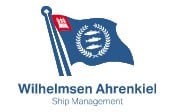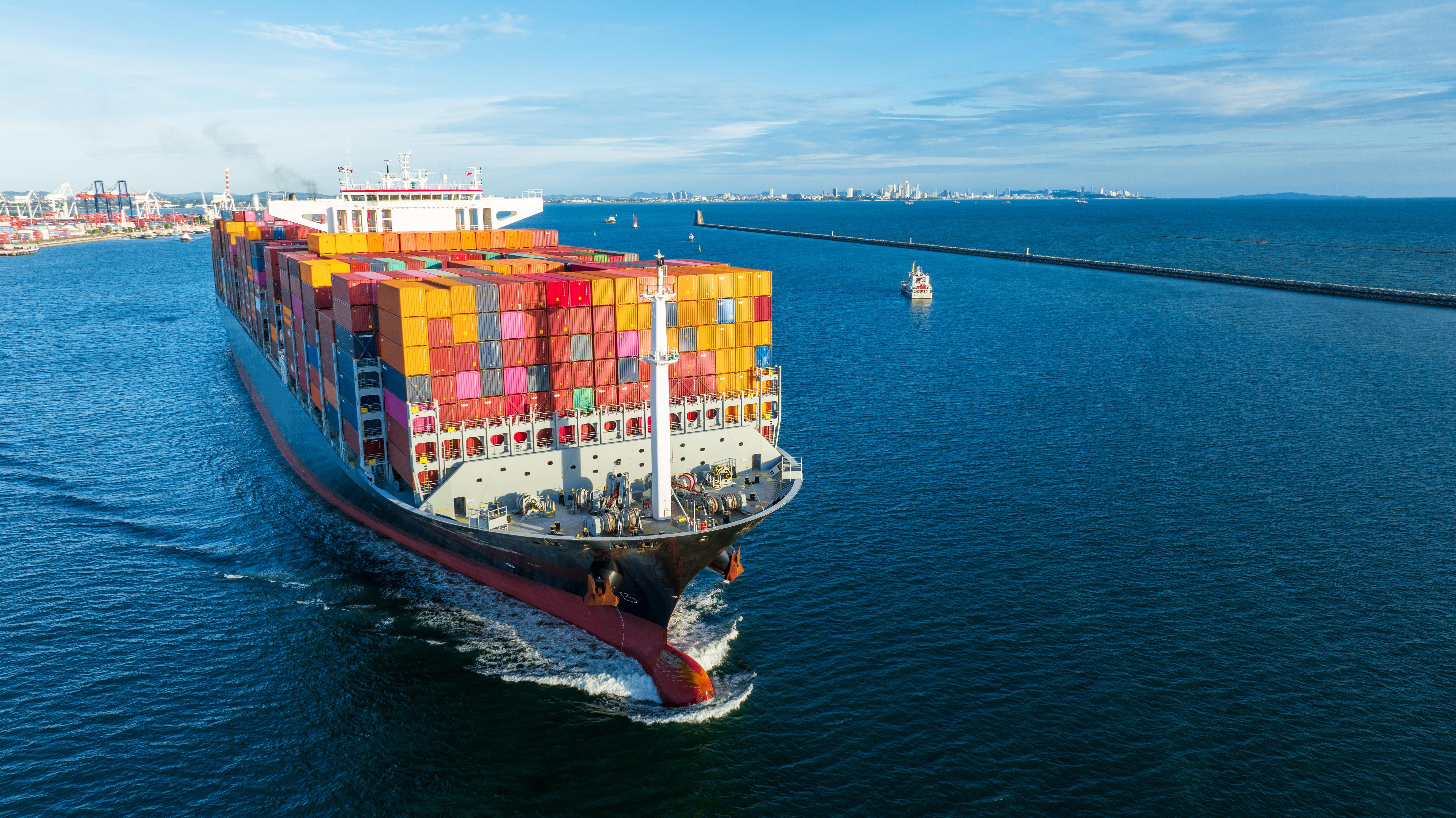Container Ship Management
Container vessels managed by us are maintained to the highest standards by our in-house team, driven by the aim of greater operating efficiency and commercial success without compromising on safety and quality.
We maintain excellent safety, PSC and Flag State inspection results. We operate in full compliance with ISM requirements as well as adopted ISO Standards to ensure safe and effective ship management.
Container Vessel Types in Our Container Vessel Management
There is a diverse fleet of container ships, each classified based on its cargo-carrying capacity (CCC). The following outlines some of the container ship sizes and types that fall under the supervision of our container vessel management:
- Small Feeder: These are the smallest container vessels, typically with a capacity of less than 1000 TEU (Twenty-foot Equivalent Units). They operate between smaller ports and feed larger container ships.
- Feeder: These vessels have a 1001-2000 TEU capacity and operate on routes between smaller ports and larger container hubs.
- Feedermax: These are the largest feeder vessels, with a 2001-3000 TEU capacity. They can operate on longer routes and may also call at main ports.
- Panamax: These vessels are designed to fit through the Panama Canal and have a 3001-5100 TEU capacity.
- Post-Panamax: These vessels are larger than Panamax ships but can still fit through the expanded Panama Canal. They have a capacity of 5101-10000 TEU.
- New Panamax (Neopanamax): These vessels are the largest that can fit through the expanded Panama Canal and have a 10000-14500 TEU capacity.
- Ultra-Large Container Vessel (ULCV): These very-large container ships are one of the largest container ships in the world, with a capacity of 14501 and higher TEU.
Our Container Centre of Excellence

Wilhelmsen Ahrenkiel Ship Management is a joint venture between Wilhelmsen Ship Management and MPC Maritime Holding, an MPC Capital subsidiary.
FAQs regarding Container Vessel Management and Container Vessel
What is container vessel management?
Container Vessel Management is a ship management service that oversees all aspects of container vessel operations and maintenance, including technical maintenance, crew management, commercial management, regulatory compliance and cost optimization.
What are the benefits of outsourcing container vessel management to a ship management company?
Outsourcing container vessel management brings a range of benefits to container ship owners:
- Expertise and experience: Ship management companies boast a team of highly trained and experienced engineers and technical personnel who can effectively manage all aspects of container ship maintenance and repairs.
- Compliance: Ship management companies ensure container ships comply with all applicable safety and environmental regulations, minimizing risk and ensuring smooth operations.
- Proactive maintenance: Ship management companies' proactive approach to maintenance helps prevent problems before they occur, minimizing downtime and costs.
- Cost Savings: Ship management companies can help shipowners of shipping companies achieve significant cost savings through their effective maintenance and optimized procurement.
What is a container vessel?
According to Wikipedia, a container vessel is a large cargo ship specially designed to carry containers. It can be classified from small feeders to ultra-large container ships. Unlike general cargo ships, container ships use intermodal containers that are standardized in terms of size and container ship capacity, making them easy to load, unload, and stack on the ship. Dedicated container ships carry most of the world's manufactured goods and products. Containerization, the process of using these containers starting with the first container ships, has revolutionized the shipping industry by making it more efficient and cost-effective.
How do container vessels work?
Container vessels such as ultra-large container vessels work like giant freight trucks on the water. Based on Marine Insight, standardized containers are loaded onto the ship at ports and stacked efficiently using cargo cranes installed. During a voyage, containers are typically stowed below or on deck using fixed vertical cell guides. These guides secure the containers, preventing movement throughout the journey. Upon arrival at the destination port, the containers are unloaded and transported to their final destinations. Technology is increasingly used to automate handling and optimize operations for further efficiency.
What are the common types of containers carried on container vessels?
Here are the top five types of containers commonly used on container vessels:
- Dry Van Containers: Standard and enclosed containers of containerships for general dry cargo transportation.
- Refrigerated Containers (Reefer Containers): Containers equipped with cooling units to control the temperature and humidity within the container.
- Flat Rack Containers: Containers with foldable sides are suitable for carrying oversized or heavy cargo that cannot fit in a standard container of a container ship.
- Open-Top Containers: Containers with a removable or convertible top allow easy loading and unloading of cargo from the top to the hatch covers on deck.
- Tank Containers: Specialized shipping containers designed to transport liquids or gases. (Source: https://www.marineinsight.com)
If you are interested in learning more about our container vessel management, please contact us today. We would be happy to discuss your specific needs and look forward to partnering with you.
